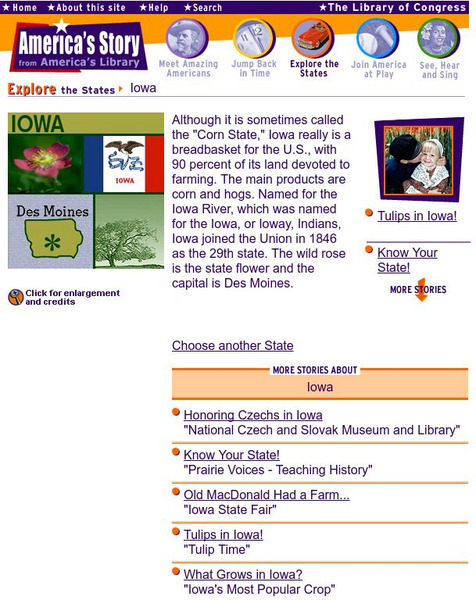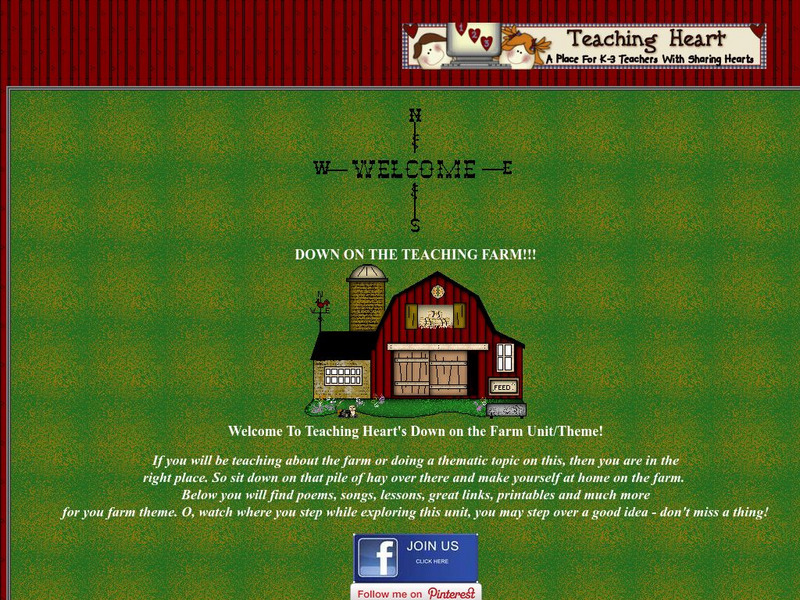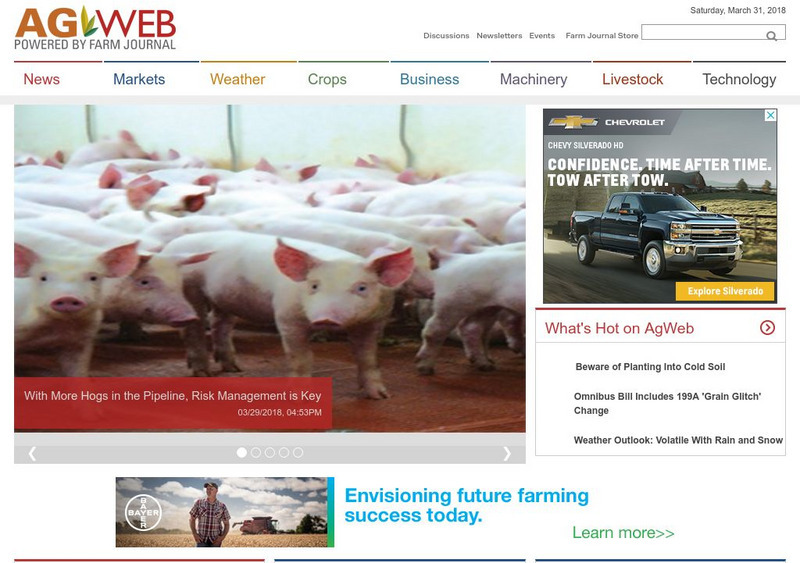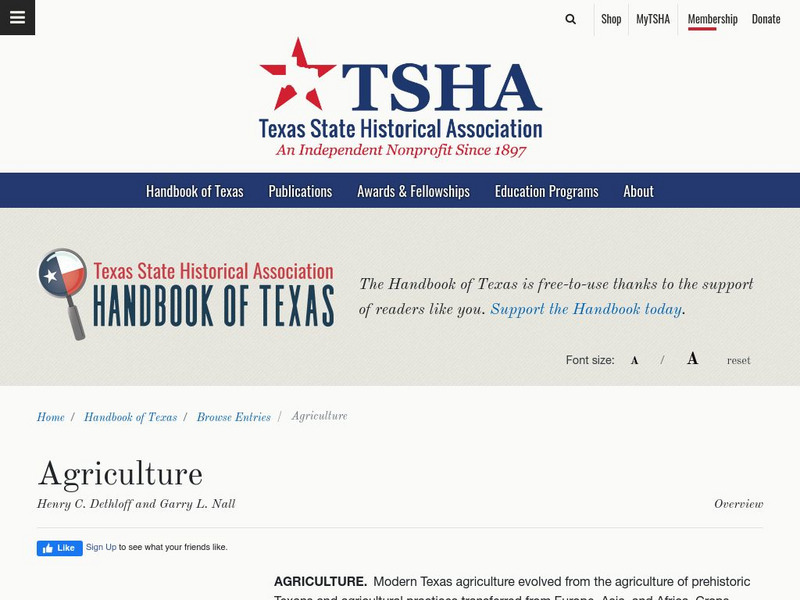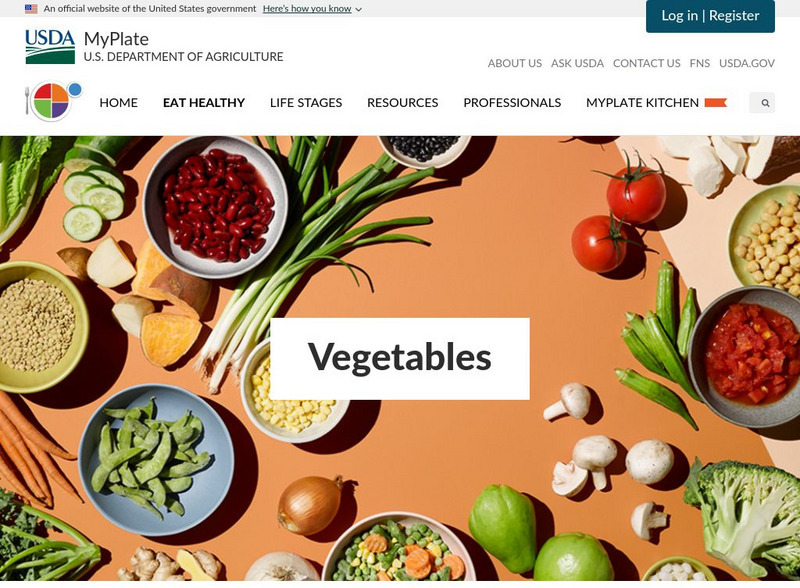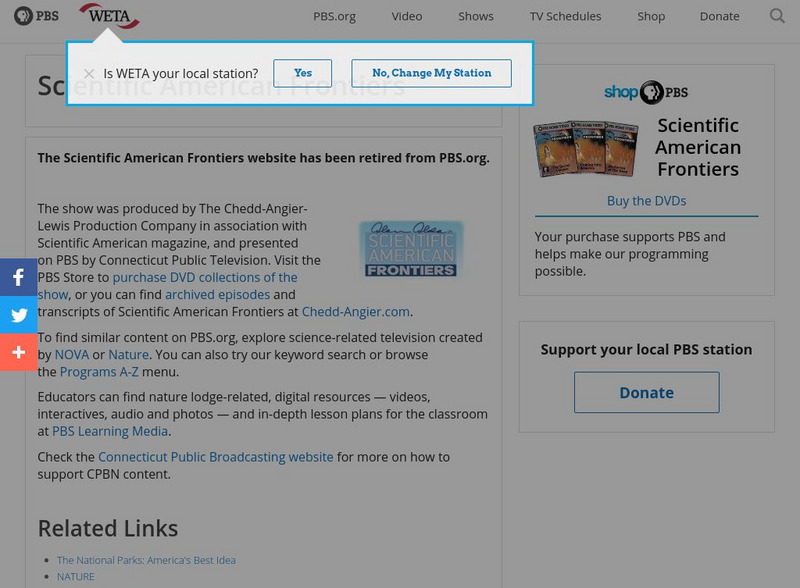Other
Silos and Smokestacks National Heritage Area: Introduction to the Story of Corn
Learn about the early uses of corn and how it was introduced to the Europeans. There are colorful pictures and links to relevant information as well.
Curated OER
Kids Health: Blisters, Calluses, and Corns
"Have you ever had a favorite pair of funky shoes that you wore every single day, until they started to hurt the bottoms of your feet? Ever helped your mom or dad plant flowers in the yard and later noticed a weird bump on your palm?...
Native American Art and Technology
Native Tech: Plants and Trees
The Northeast Woodlands Indians had an abundance of plants to use for housing, transportation, food, and even for toys. Read about the various plants they used and how they used them. You'll be amazed at the many uses of the cattail. Use...
Texas Instruments
Texas Instruments: Science Today 2004 Corn Crop Is a Bin Buster
With this resource, students will examine and evaluate data on the corn harvest in the United States over the past several years. Using the USA TODAY Snapshot "2004 corn crop is a bin-buster," data from the USDA Statistics Service...
Other
The Corn Refiners Association: Corn in Our Daily Lives
This is a website produced by The Corn Refiners Association. It offers a variety of information and articles about corn, its milling, and its uses.
Library of Congress
Loc: America's Story: Iowa
This America's Story entry fro Iowa from the Library of Congress tells you facts and lore about the state suitable for a great paper and citable resource.
Other
Soyatech: Corn Facts
This is an article presenting facts about corn including its uses, its processing, and where it is grown.
Other
Successful Farming: Agriculture Online
From Successful Farming magazine, this site presents agriculture news and features for people who are professionals and those studying agriculture. Links to valuable, up-to-date information on topics such as crop news and weather patterns.
Other
Teaching heart.net: Down on the Teaching Farm
Come and check out this comprehensive teaching resource for farms. Students and teachers will benefit from the activities and book found within this site.
Other
Harvesting: Early Harvesting Methods
A fascinating look at the early methods used for harvesting corn.
Other
Ag Web: Agricultural Information, Tools, and Service
AgWeb.com provides the latest news in agriculture, as well as weather and market information, helpful agricultural tools, and more.
Other
Center for Ecoliteracy: New York Times Magazine: We Are What We Eat
This article discusses the overproduction of corn and how it is contributing to obesity in our population. Corn, a starchy substance, is in everything we eat and drink. It explains the effect and what needs to be done to reduce it.
Texas State Historical Association
Texas State Historical Association: Agriculture
Read about the history of the agricultural industry and how it shaped the great state of Texas throughout the nineteenth and twentieth centuries.
US Department of Agriculture
Choose My Plate: All About the Vegetable Group
Learn about the vegetable group, including what foods are vegetables and how much of each type counts as a serving. Three broccoli spears counts as a cup of vegetables, as do one large ear of corn, and two large stalks of celery. What...
Khan Academy
Khan Academy: Native American Culture of the Southwest
This article discusses the Ancestral Pueblo people who lived in the southwestern region of the modern United States; they constructed elaborate buildings and began the American farming tradition.
Encyclopedia of Life
Encyclopedia of Life: Corn
The Encyclopedia of Life presents this in-depth overview of Corn (Zea mays), including their habitats, size, conservation status, and much more. Images of this species and maps of its global distribution can also be found here.
PBS
Pbs Teachers: Scientific American: About All You Can Eat: Superfoods
Explore the advent of corn as a nutritional staple in the human diet. Observe popping corn and measure differences in the mass of the corn before and after heating, and make pH indicators using fruit, flowers or vegetables.







